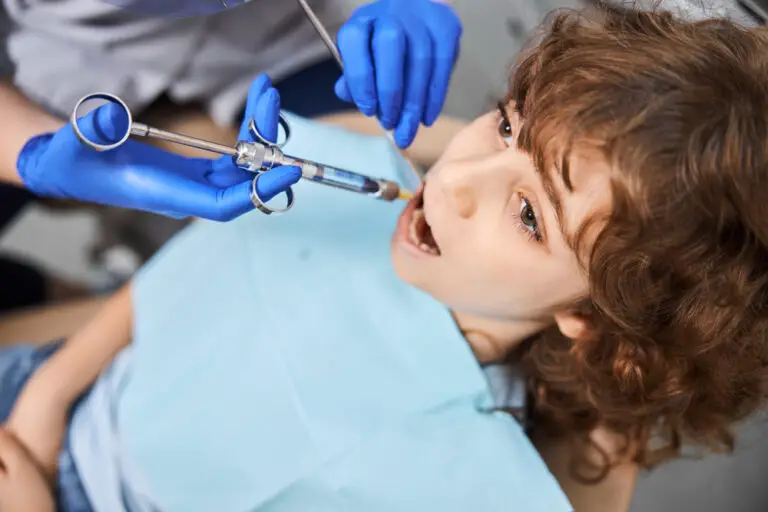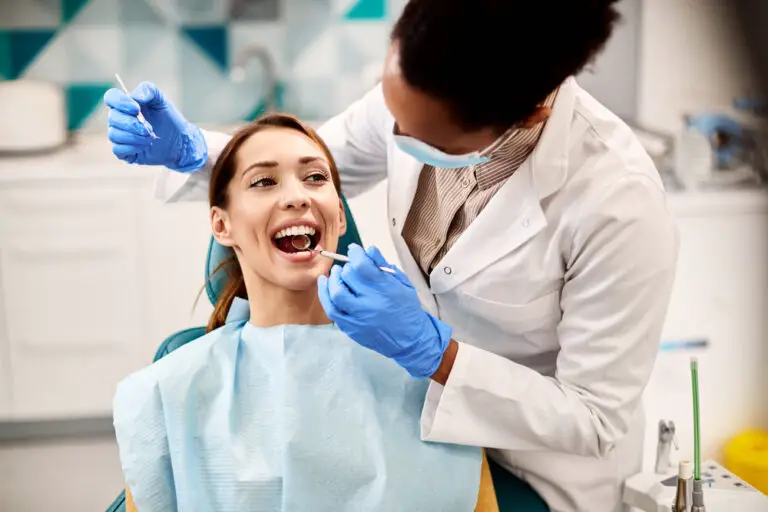All of us grew up with dentists constantly telling us to brush and floss our teeth. Each step has its specific role to play in maintaining good oral hygiene. But how many of us really know when to floss in conjunction with brushing?
Some people make the mistake of thinking that the order in which you brush and floss your pearly whites doesn’t matter. In reality, it does. Doing one before the other can greatly impact the cleanliness and health of your teeth and gums.
Today, we’ll be answering the burning question, “When should dental floss be used in relationship to brushing teeth?” We’ll also provide tips on how to use floss properly and the different types of floss you can choose from. Keep scrolling through this guide to learn more!
What Flossing Does for Your Teeth
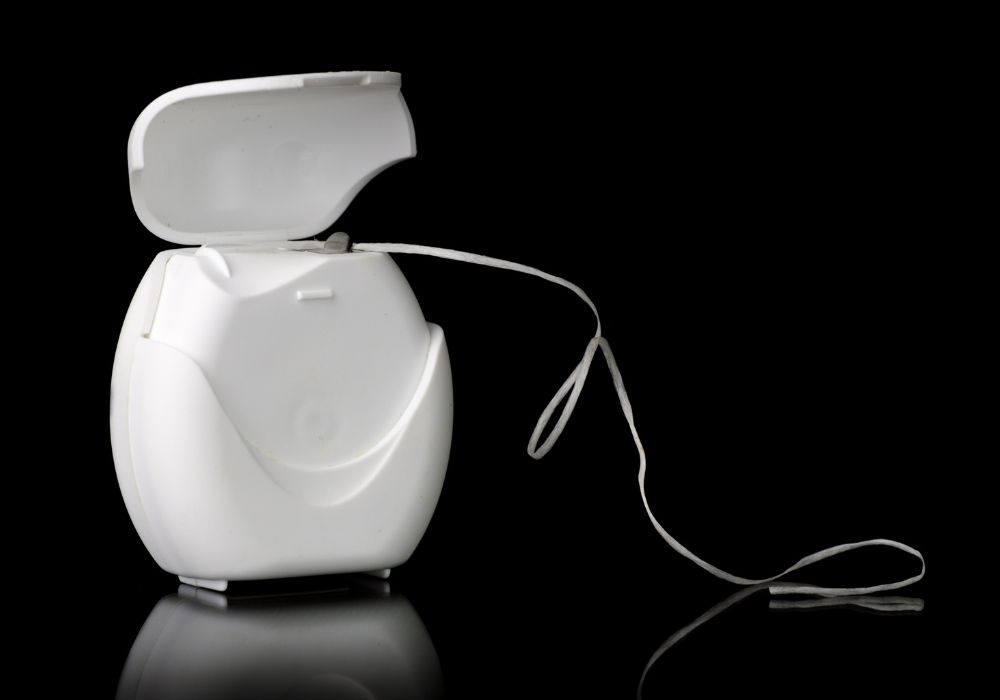
Everyone knows the importance of brushing your teeth. Daily brushing removes plaque from your gums and teeth and bacteria in the crevices of your mouth. As a result, it prevents tooth decay, cavities, periodontal disease (aka gum disease), and bad breath.
But brushing your teeth isn’t enough. You have to floss them, too. Floss reaches the areas that your regular toothbrush cannot. With a simple string of dental floss, you can get into your gum line and the tight spaces between your teeth to get rid of food and plaque stuck between them.
The American Dental Association (or the ADA) recommends flossing at least once a day, while brushing should occur twice daily. Together, these two steps in your dental hygiene routine can help clean, strengthen, freshen up, and protect your teeth, giving you that beautiful smile.
Is It Better to Floss Before or After Brushing Your Teeth?
But when is the best time to floss? Is it before or after brushing your teeth?
Many people assume that brushing comes first and flossing second. But when you brush before flossing, the dental plaque and bacteria the floss dislodges from between your teeth get stuck in your mouth, which can lead to infection or disease.
But if you do it the opposite way—flossing first and then brushing afterward—you can brush and rinse away the food particles and debris that the floss got out. That makes your teeth and mouth extra clean and bacteria-free.
A study has also found flossing before brushing is better at getting rid of plaque and preventing gum disease. Floss loosens the debris between your teeth, making them easier to flush out later when you gargle after brushing. This keeps plaque out of your gum line and gum disease at bay.
Another study shows that flossing before brushing strengthens fluoride retention in your teeth.
Many toothpastes are made with fluoride, a mineral that covers your tooth enamel to protect it from decay and damage. By flossing first, you get rid of all the nasty debris and bacteria between your teeth, allowing the fluoride toothpaste to cling to your teeth more effectively.
All these amazing benefits make it obvious that the most ideal sequence for your oral hygiene routine is to floss first, and then follow with brushing your teeth.
How to Floss Your Teeth Properly
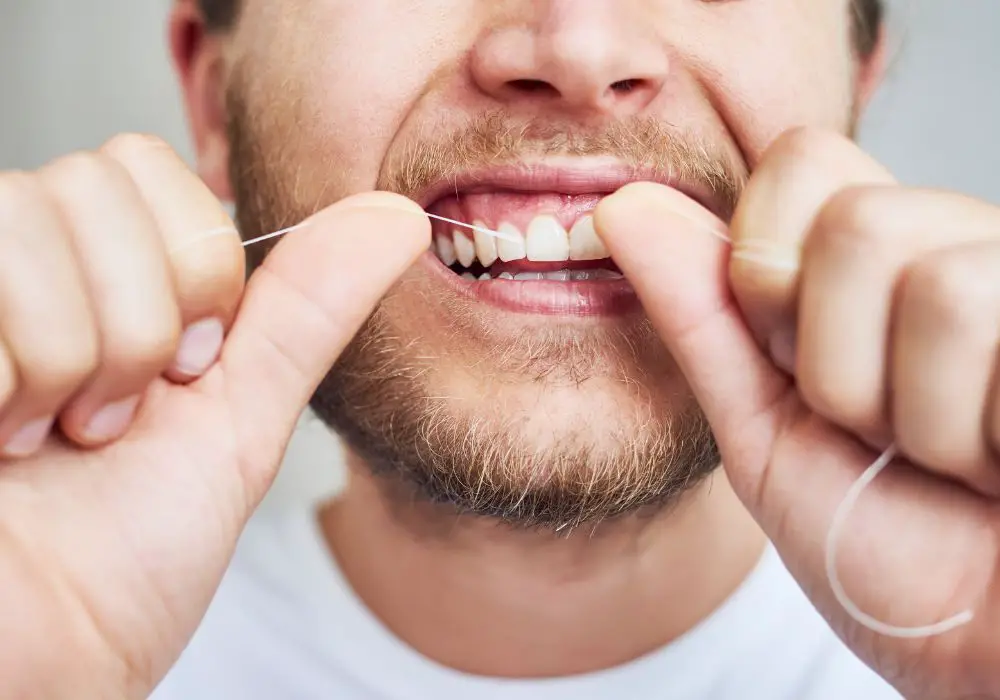
Having the discipline to floss your teeth every day before brushing your teeth isn’t enough. You also have to do it the right way for it to effectively improve your oral hygiene. Even if you floss daily, if you’re doing it the wrong way, you might not be getting rid of the dental plaque in your teeth.
Improper flossing can have detrimental effects on your oral health, such as irritating your gums and maybe even gingivitis—the first sign of periodontal disease. So, here’s a step-by-step guide to flossing your teeth the right way:
- Get at least 18 inches of your string floss and wind a good length of it around each of your middle fingers. You should only leave about two inches of floss left after that.
- With your thumbs and forefingers, hold the floss tightly to stretch and firm it up.
- Carefully slide the floss in the middle of two teeth and move it up and down. Make sure to slide it across each tooth to get rid of the plaque and bacteria there.
- Never push the floss down to your gums. This will hurt and can injure your gums. Instead, when the floss is getting closer to your gum line, curve it upwards to clean the side of the other tooth.
- Go through all your teeth, flossing every tight space all the way to your molars. Try not to use the same section of your floss every time you push it down between your teeth. Use a clean, fresh portion every time. If there aren’t any clean portions left, get a new piece of floss.
- When you’re done, rinse with water to flush out any debris or particles the floss has loosened. Then, you can finally brush your teeth!
Need more help with maneuvering string floss? Here’s a video that details how to properly floss your teeth to get rid of all the food debris and plaque stuck between your teeth:
Types of Flosses You Can Use After Brushing
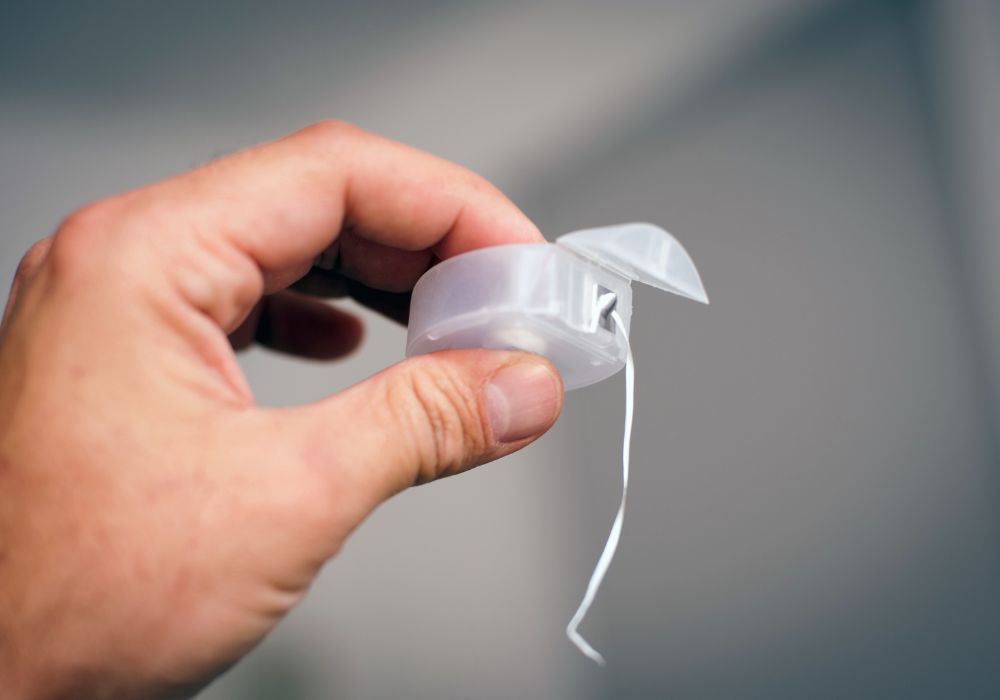
There are many kinds of flosses you can use depending on what you’re most comfortable with. With advanced dental technologies, we’ve come a long way from just string floss. Here are some of the most popular types of flosses you can use to clean your teeth.
1. Regular dental string floss
Of course, the most popular kind of floss is still your regular Teflon or nylon dental floss. These affordable flosses come in tightly wound spools that are placed in small boxes, making them easier to carry around.
Because you use your fingers to use string floss, you get a lot more control as to how you remove the plaque and debris between your teeth.
String flosses have plenty of varieties, like waxed, unwaxed, minty, and flavorless. Experiment with different brands of string floss to see which one works best for you and your teeth.
2. Floss picks
Next, we have floss picks. These flossers are taut, one-inch pieces of string floss attached to plastic picks. To use them, you simply hold the pick and push the floss down each space between your teeth.
Floss picks are a quick and convenient way to floss your teeth without having to work with a long piece of string floss with your hands. It’s perfect for flossing in the office and while traveling. They’re also a great way to teach little kids how to floss because they’re so easy to handle.
3. Water flossers
Water flossers use the pressure of a stream of water to get rid of food debris and bacteria stuck between your teeth. Although it’s not the conventional way to clean your teeth, it’s just as effective as using regular dental string floss to remove dental plaque.
Unlike traditional floss and floss picks, no piece of string is pushed down between your mouth if you’re using a water flosser. Instead, you position the water flosser in front of the crevice you want to clean and push a button to let the water do the job for you.
Water flossers are very useful for those who might have a difficult time flossing their teeth manually. This includes people with braces and those who are older. It’s also great for catching plaque in the hard-to-reach areas of your mouth that are hard to floss, like the back molars.
4. Interdental brush
You can also use an interdental brush—a small brush with bristles that can gently scrub away any bacteria and debris in the tight areas between your teeth. Interdental cleaning is useful for those with braces and other major dental work that makes flossing with a string difficult.
5. Bonus: Floss threaders
Lastly, we have floss threaders. While threaders aren’t technically a floss alternative, they’re an excellent tool for guiding string floss through braces and wires in your teeth.
Threaders have a huge loop where you place your string floss. Then, you stick the threader under your braces, allowing you to properly floss hard-to-reach areas even with orthodontics.
Do you want to see how a floss threader works for those with braces and orthodontics? Check out this simple instructional video:
Conclusion
People have the misconception that flossing comes after brushing. However, flossing is way more effective at cleaning your teeth when done before brushing. That way, you can get rid of all the surface gunk and food debris between your teeth, which makes brushing your teeth a lot easier.
Make it a habit to floss your teeth before you brush them. You can use regular dental floss, floss picks, water flossers, and interdental brushes. Whichever you end up using, ensure that you get rid of all the food particles and most of the plaque before going in with a toothbrush.
By being diligent enough to floss at least once a day before you brush your teeth, you can keep gum disease and plaque build-up at bay. Maintain outstanding oral health with these two daily steps and get all the benefits of healthy gums and teeth!

